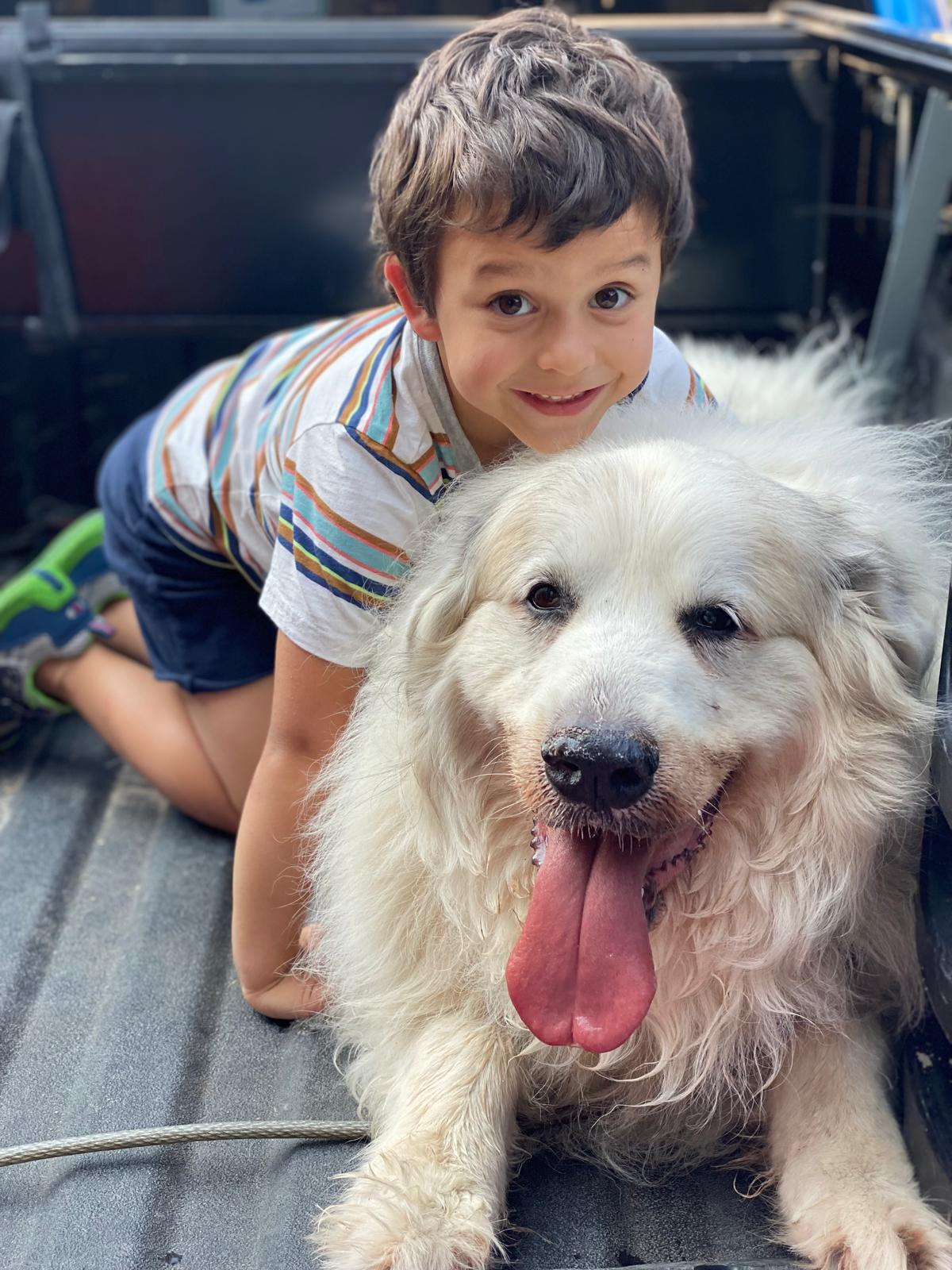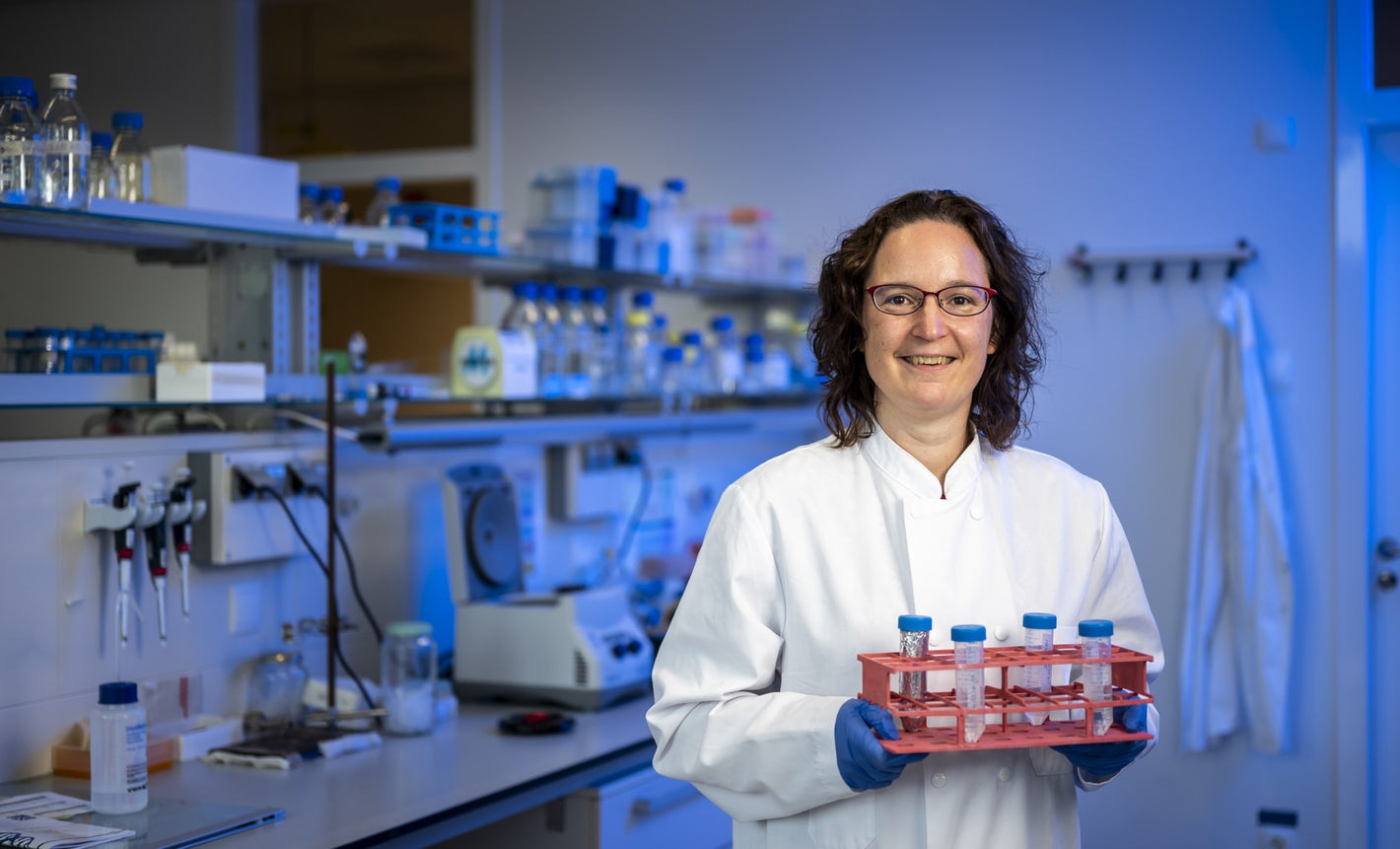Help Us Fund The Creation of Independent Pre-Clinical Trials for Patients With Muscular Dystrophy Disease

Hope for Luka Inc. was formed with one mission: to provide a real chance at finding a cure or, at the least, to slow down the progression of Muscular Dystrophy disease through finding and funding research organizations and pre-clinical trials. Those statements may only become reality if parents are able to bypass the wait time for drug companies as well as the lengthy FDA approvals, and take matters into their own hands and start their own independent study for their children with Muscular Dystrophy.

Support our Cause!
Your donations will enable us to fund scientists to perform independent studies and pre-clinical trials for children with Muscular Dystrophy!
Once donation is made, you will receive an email containing a receipt that can be presented to IRS for tax deduction purposes.
Enter Amount
Our primary focus will be to fund independent researchers and scientists with our HUB to perform the following:
-

Three Elements Needed for Creation of Independent Preclinical Research
There are three elements involved in creating an effective independent preclinical studies: Researching potential solutions that best fit each specific genetic deletion or duplication, and creating mice models of such specific deletions or duplications in order to be able to test the research's findings in an in vivo setting. The last element is to deliver the solution (payload) to muscle cells through AAV virus delivery methods that are currently being perfected.
These three elements may be done simultaneously through multiple research organizations in order to expand the chances of success in a truncated time frame.

OUR PROGRESS SO FAR
We are currently focused on funding and starting Project "Gray Area". This project is focused on creating a blueprint for pre-clinical studies for patients with rare deletions, duplications or nonsense mutations. The first patient of the Project "Gray Area" is Lukian Keyghobadi, 6 years old son of Hope for Luka Inc Co-Founder, Mazi Keyghobadi.
We have had the privilege to bring two renowned scientists on board; Dr. Dongsheng Duan of University of Missouri and Dr. Annemieke Aartsma-Rus of the Department of Human Genetics of the Leiden University Medical Center. Dr. Duan and Dr. Aartsma-Rus are considered to be two of the best research scientists in the field of genetics in Muscular Dystrophy.
- Choosing a selection results in a full page refresh.
- Opens in a new window.



